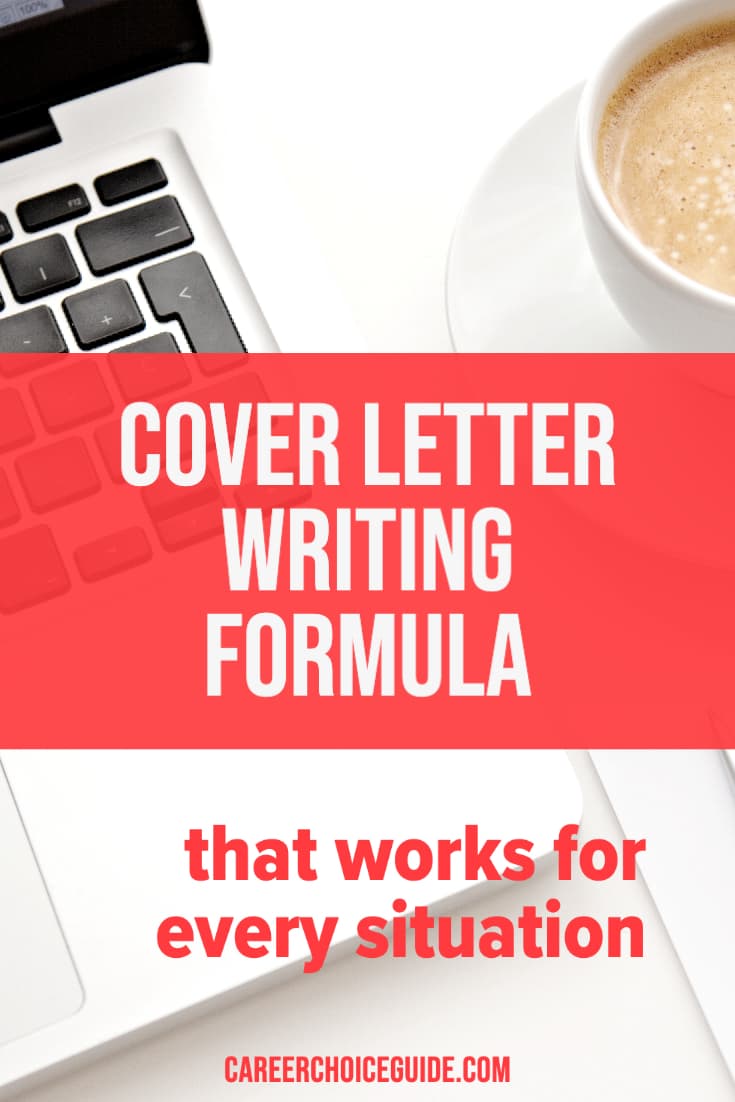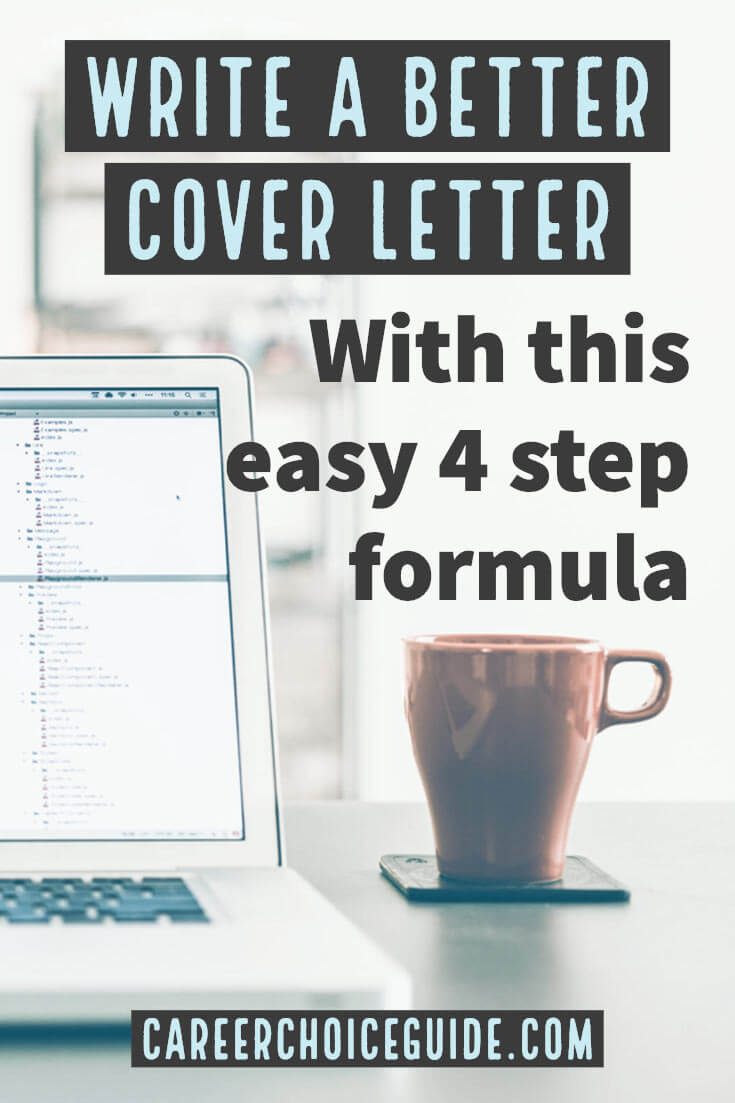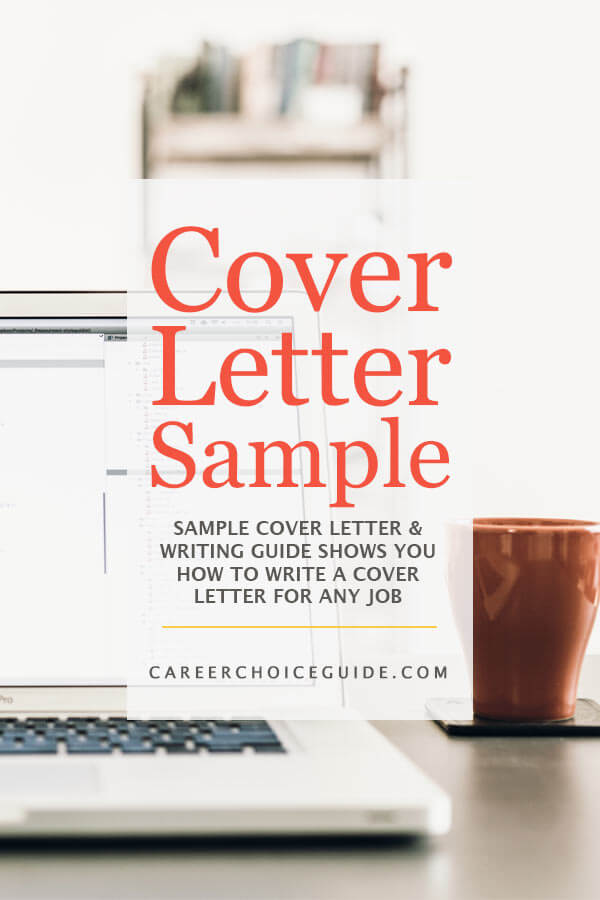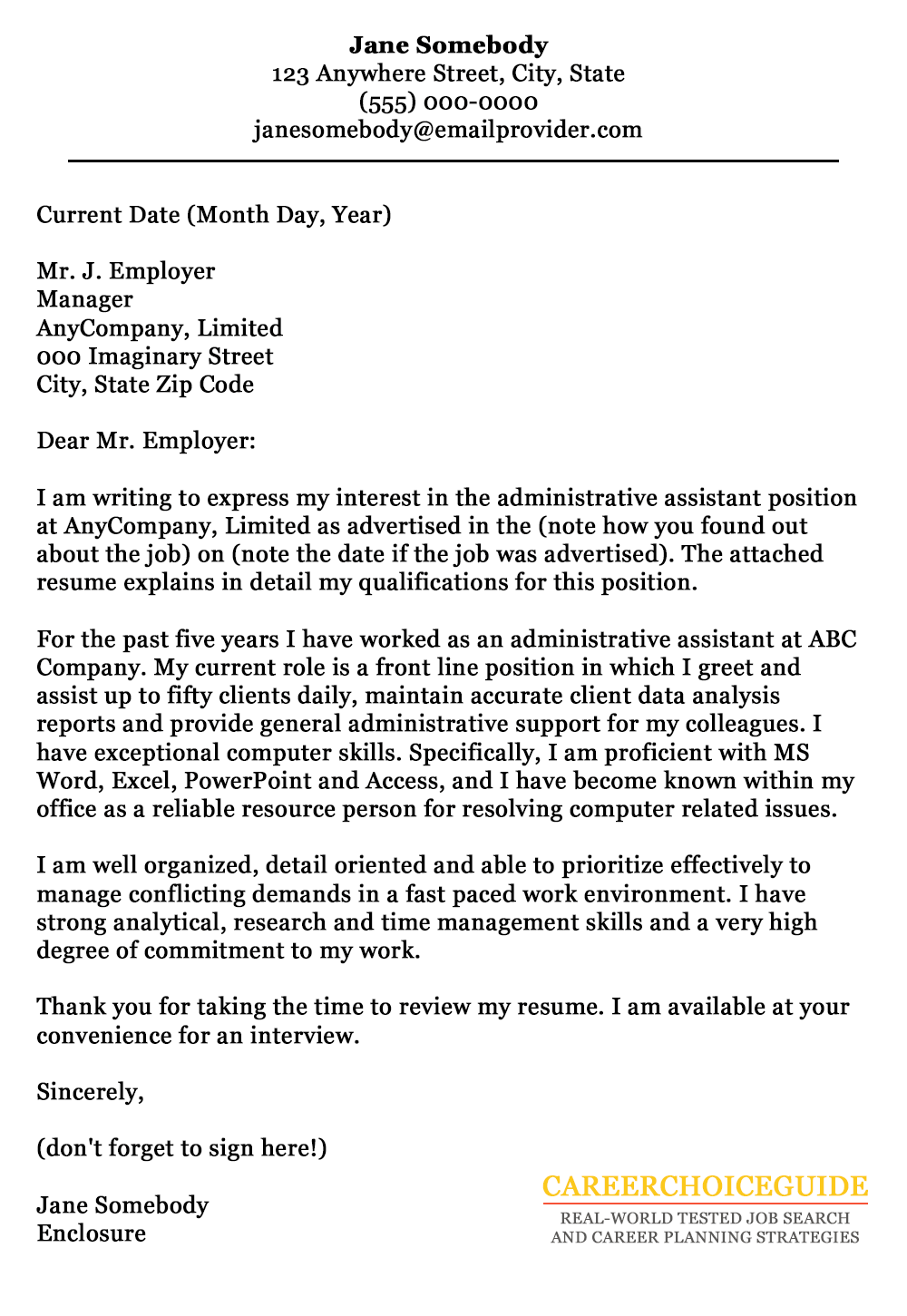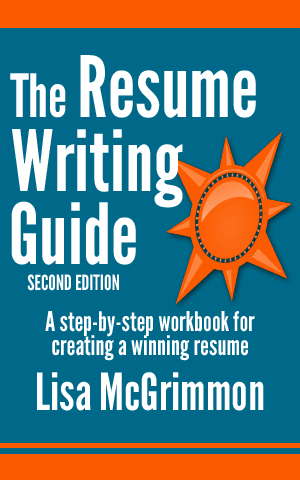Cover Letter Sample
Use this cover letter sample as a model to write your own effective cover letter.
This specific cover letter example was written for an administrative assistant, but you can use it as a model no matter what type of job you're looking for.
The concepts used to write this sample letter will translate into writing a cover letter for any type of job that might interest you.
You'll be able to use this sample to get a better understanding of what a good cover letter looks like and what you should include in your own letter.
Before we dive into the cover letter sample, let's review some key points, so you can write effective covering letters for any type of job including:
- How to format your cover letter
- A simple cover letter writing formula you can apply to any type of job
- A big mistake you can easily avoid when writing your cover letter
- An effective cover letter sample you can use as a model for your own letter
How to write a compelling cover letter
Formatting Your Cover Letters
There are two popular and effective ways to format a cover letter:
- Use a layout that matches your resume
- Use a standard business letter format
1. Use a layout that matches your resume
Formatting your cover letter to match with your resume design is an easy way to make your entire job application package look like a professional, pulled together unit. You simply need to make the heading on your cover letter match the heading design used for your resume.
The cover letter sample at the bottom of this page was designed to match with the resume heading on the sample resume shown in the image below.
If you compare the two documents, you'll notice the heading with the jobseeker's name and contact information centered at the top of the resume is matched exactly on the cover letter. It's a simple strategy for creating a cohesive resume and cover letter design.
Note that you can also make your reference page match with the same header. When all three documents begin with the same header, your job search documents will form a sharp looking package that creates a positive first impression.
The format of the sample cover letter below is designed to match the heading this resume's heading.
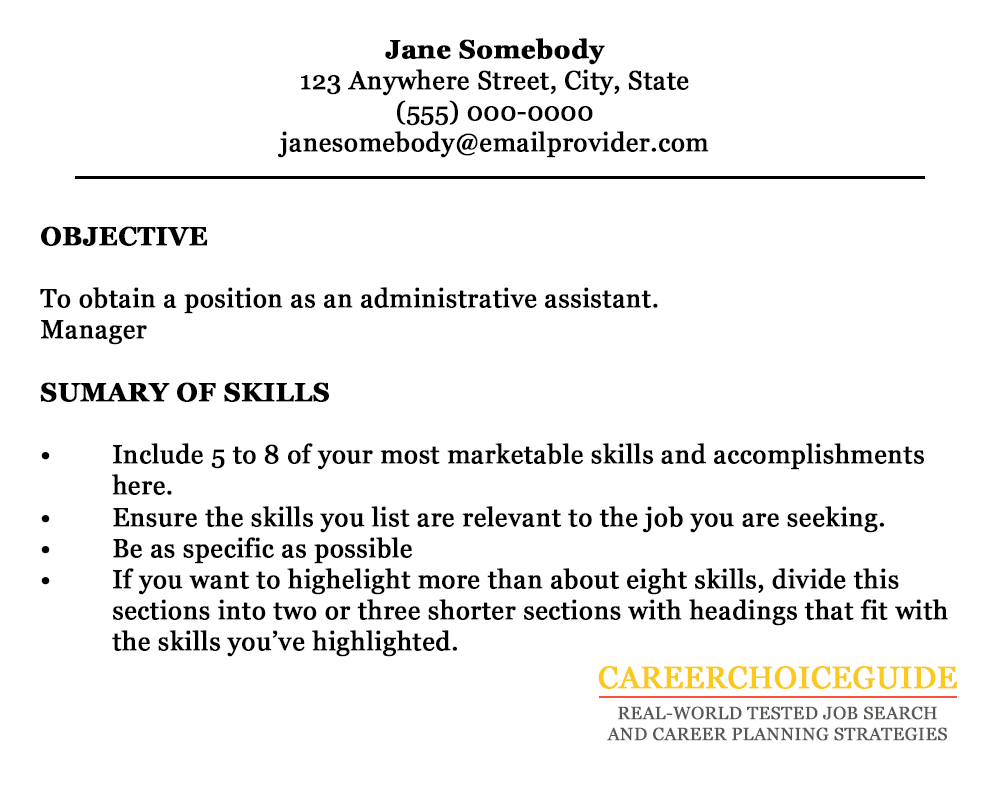
2. Use a standard business letter format
You can also format your cover letter in the more traditional block style used in formal letter writing.
I prefer the first method, matching the heading on your cover letter with the heading on your resume. However, that's just my personal preference. Using a more traditional business letter format is also a perfectly good option.
Cover Letter Writing Formula
The example below follows a standard formula for cover letter writing. You can apply it to any cover letter you need to write for any job.
I love this formula because it's an effective tool for busting through writer's block. The formula maps out your cover letter for you, so when you begin writing, you're not stuck staring at a completely blank page with no clear starting point.
Paragraph 1 - What
Paragraph 1 is the "what" paragraph. It tells the employer what job are you applying to. In the example below, the job seeker is applying to a job as an administrative assistant.
Paragraph 2 - Why
Paragraph 2 is the "why" paragraph. This paragraph tells why the employer should hire you. In the example, the job seeker has used paragraph two to describe her technical skills and her experience in the field.
Paragraph 3 - Why Else
Paragraph 3 is the "why else" paragraph. This paragraph includes more reasons why the employer should hire you. In the example, the why else paragraph is used to describe personal qualities that make this job seeker well-suited for the job.
Most jobs require technical skills, as well as interpersonal skills, so that is often a logical way to divide the "why" and "why else" paragraphs. Spend one paragraph describing your technical skills, and spend the other paragraph describing your interpersonal skills.
Which should you lead with - technical or interpersonal skills?
Lead with the skills that are most essential to the job you're seeking. If technical skills are most important, put them first followed by a paragraph about your soft skills. If, on the other hand, interpersonal skills are most important in your line of work, lead with those and follow up with your most relevant technical skills.
Paragraph 4 - Contact
Paragraph 4 is the contact paragraph. In this example, the job seeker has asked the employer to contact her. If she had the employer's contact information and she hadn't been asked not to contact the employer, she could also use this paragraph to tell the employer that she would be calling to follow up on her application for the job.
A Big Mistake People Make When Writing Cover Letters
When you sit down to write your own cover letter, do be sure to write your own, unique letter. Do not copy the sample below (or any other cover letter example) word for word.
In fact, you might even want to write out a rough draft of your own cover letter before looking at any samples. Sometimes it can be very difficult to use your own phrases once you have other people's words in your mind.
A cover letter written in your own words will highlight your most marketable and unique skills and bring out your personality in a way that a copied letter will not. Simply copying a sample letter will not show you in your best possible light.
Copying can also cause problems for you if you plan to post your qualifications online on sites like LinkedIn.
I have found several almost word for word copies of this sample cover letter that people have posted on their LinkedIn profiles. This kind of copying creates several problems for job seekers.
If an employer searches a site like LinkedIn and finds multiple copies of basically the same cover letter, he or she will know that the job seeker did not write that letter. The impression that leaves with the employer is not positive. It can cause the employer to believe the job seeker:
- is not hard working because he or she couldn't be bothered to write an original cover letter
- doesn't write well and was not capable of writing an original letter
- is dishonest because he or she plagiarized someone else's work
- hasn't provided a sincere description of his or her skills because the letter is simply a copy of someone else's letter
Please do take the time to write your own letter in your own words using this sample for guidance. It really is the best way to show your unique skills at their best and make a positive impression on employers.
